PORTRAIT OF A YOUNG LADY, CA. 1795
JEAN-URBAIN GUÉRIN
Strasbourg 1761 – 1836 Obernai
Watercolour and gouache, metal frame
7.2 × 6.2 cm / 2.83 × 2.44 in
PROVENANCE
Private collection, France
ABOUT THE ARTIST
Jean-Urbain Guérin ranks among the finest French miniature painters of the late 18th and early 19th centuries. Born in Strasbourg in 1761, he trained under local masters before moving to Paris, where he came into contact with the leading artists of his time, including Jean-Baptiste Regnault and Jean-Baptiste Isabey. His early style was influenced by the neoclassical revival and the rediscovery of ancient Pompeian frescoes. These references inspired a series of refined portraits of young women, often painted in profile or three-quarter view, with a soft, dreamlike delicacy.
Guérin’s early patrons included aristocratic circles close to Queen Marie-Antoinette. In 1791, he painted the duchess of Devonshire and Lady Elisabeth Foster, as recorded in his studio journal. A loyal royalist, he famously defended the royal family during the journée of 20 June 1792 at the Tuileries and later joined the army of General Desaix. Upon returning to Paris in 1798, Guérin resumed his artistic career with new force, presenting portraits of generals Kléber and Desaix at the Salons of 1798 and 1799.
Throughout his prolific career, Guérin portrayed many military figures of the Empire—Bonaparte, Bernadotte, Murat, and others—but also continued to paint women, adapting his style from Pompeiian grace to early Romantic expressiveness. His portraits of women, though varied in quality, often anticipated the sensibility of the new century.
ABOUT THE MINIATURE
This delicate portrait of a young lady, painted circa 1795, exemplifies Guérin’s mature neoclassical style before the full onset of the Romantic movement. The sitter's long, loosely flowing hair and soft, serene expression reflect the lingering influence of pre-Revolutionary grace, while her dress—marked by a cinched waist and light fabric—hints at the emerging Directoire fashion.
She wears a white gown with finely detailed folds and a rich blue sash, echoing the antique-inspired simplicity that defined the last years of the 18th century. The natural flow of her curls, unpowdered and unadorned, signals a departure from ancien régime artifice, aligning with the new ideals of virtue, sincerity, and feminine charm.
THE FASHION FOR MINIATURES
Miniature portraiture was not only a cherished art form but also a social tool during periods of upheaval and mobility. Small, intimate, and portable, these portraits preserved affection and memory across great distances and turbulent times. In the 1790s, amid political uncertainty, portraits like this one served both personal and political functions—tokens of loyalty, love, and identity in a world redefined by revolution.
This example stands as a graceful testimony to Guérin’s technical skill and cultural sensitivity, revealing the transition from ancien régime elegance to the introspective refinement of early Romanticism.



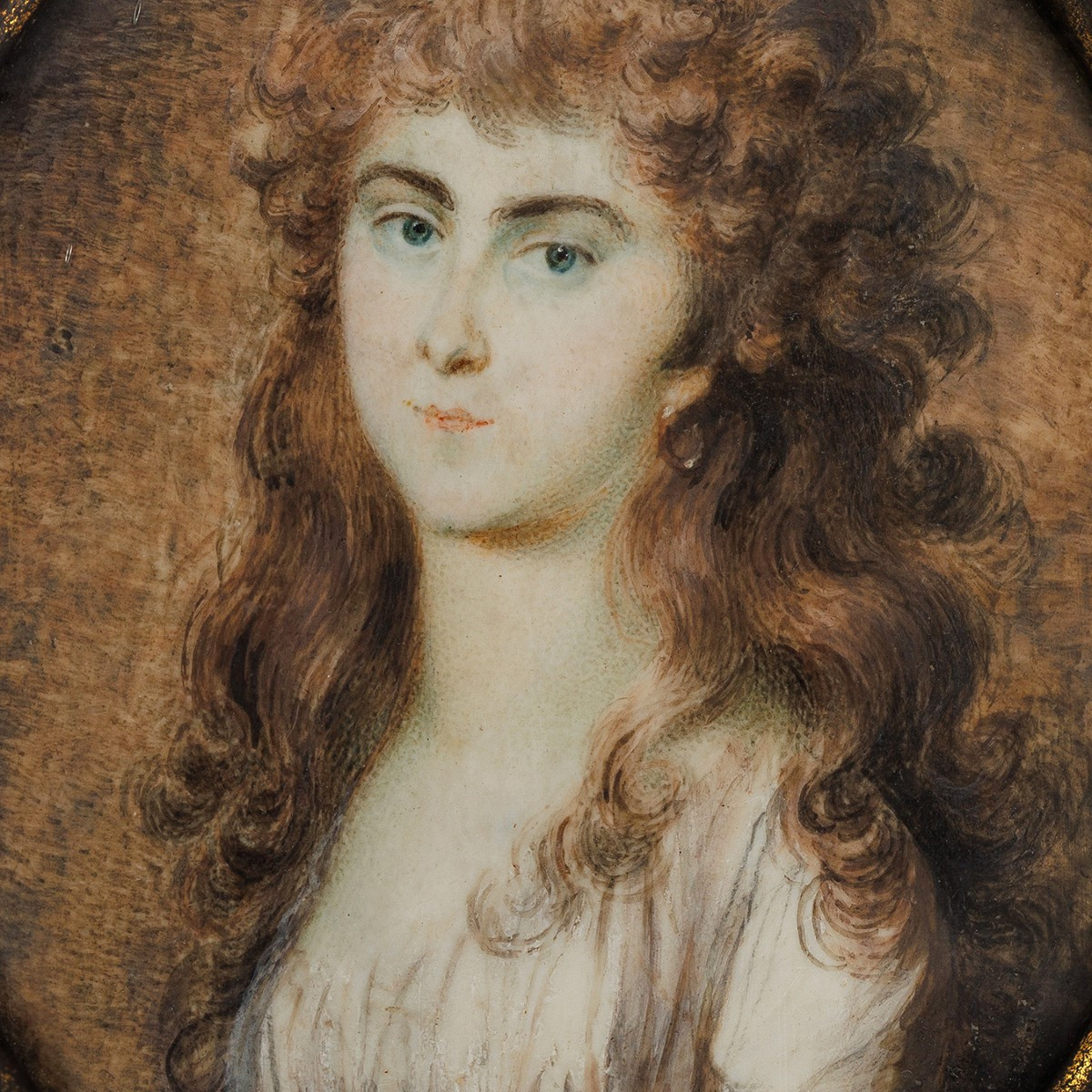



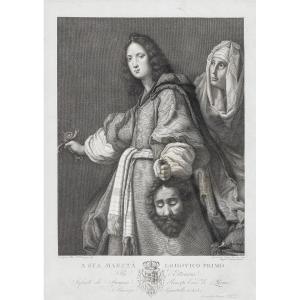

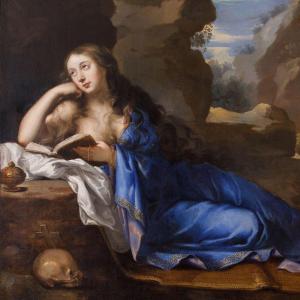




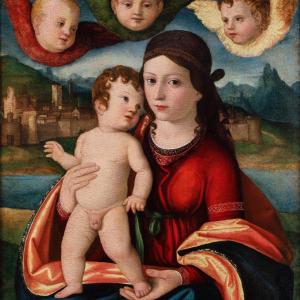


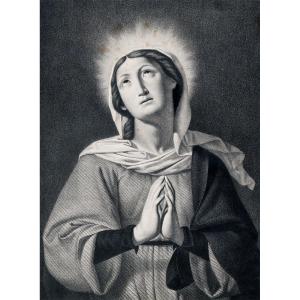
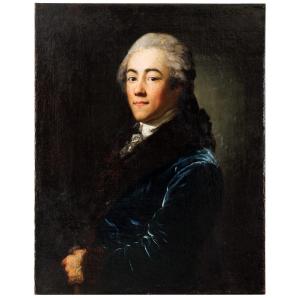
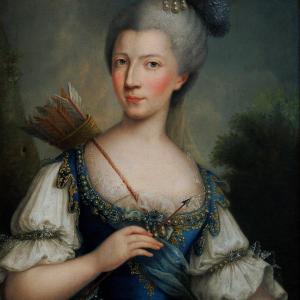






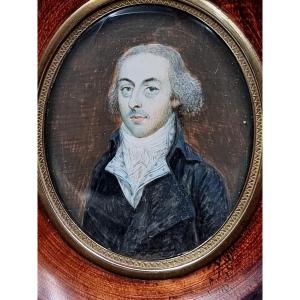



 Le Magazine de PROANTIC
Le Magazine de PROANTIC TRÉSORS Magazine
TRÉSORS Magazine Rivista Artiquariato
Rivista Artiquariato